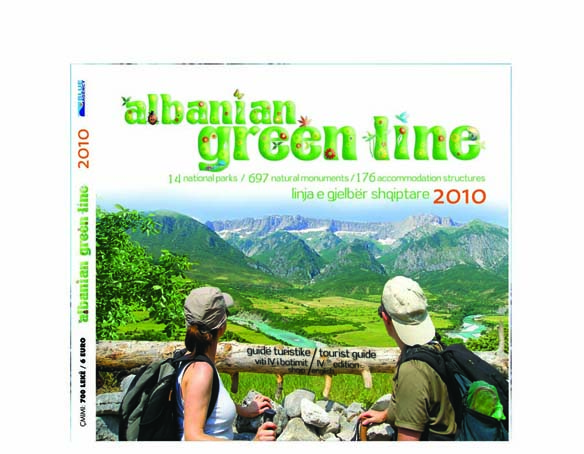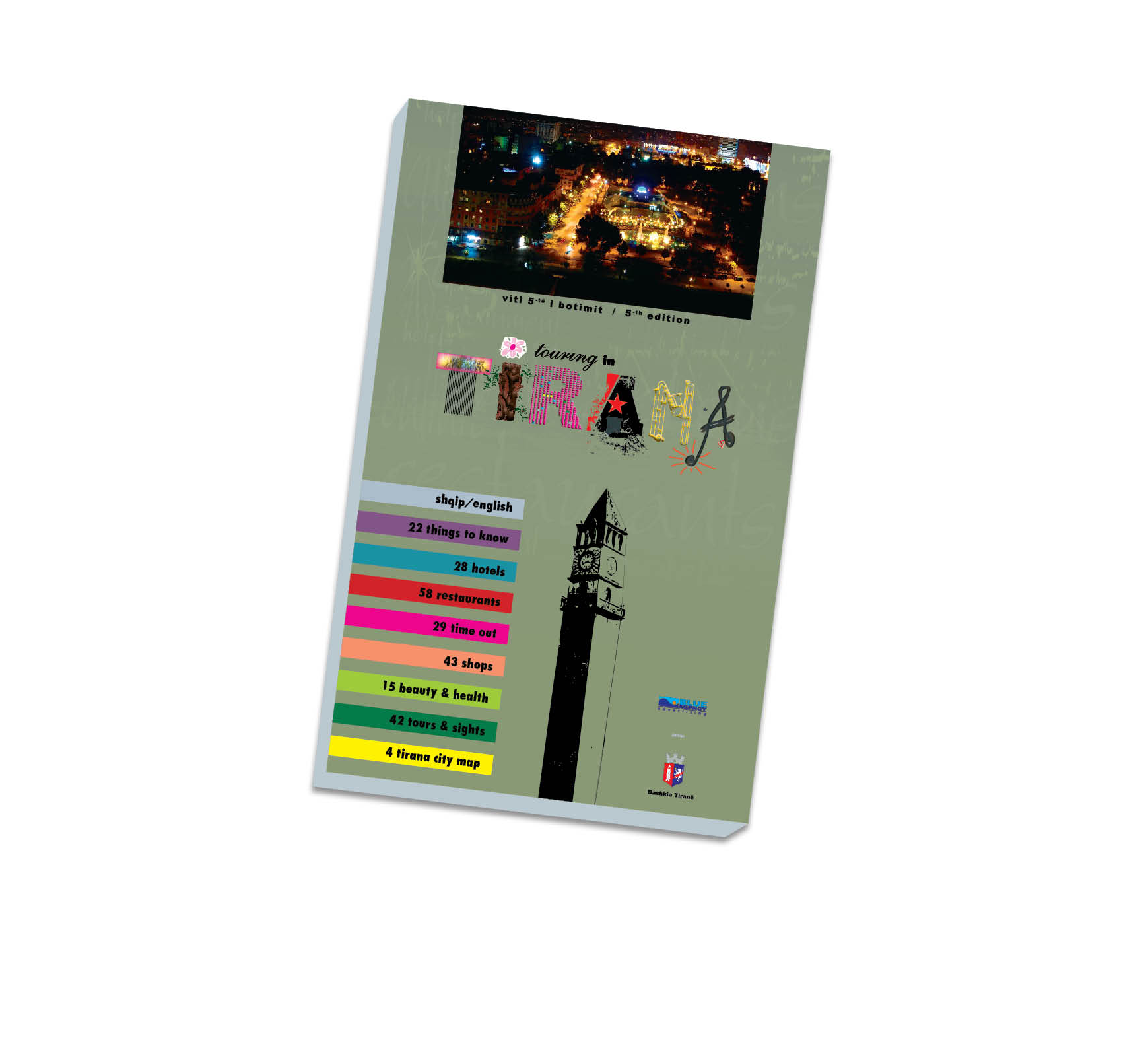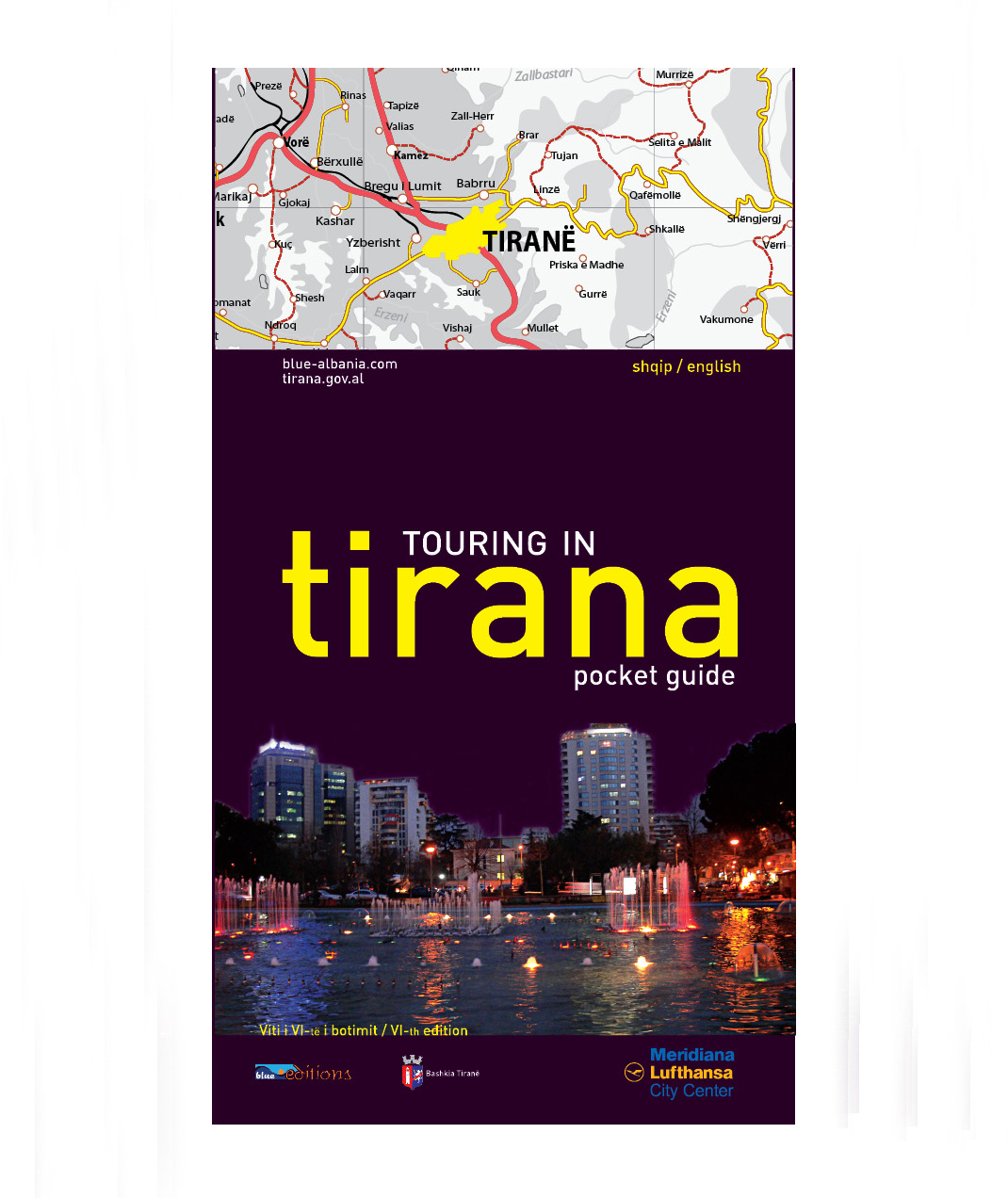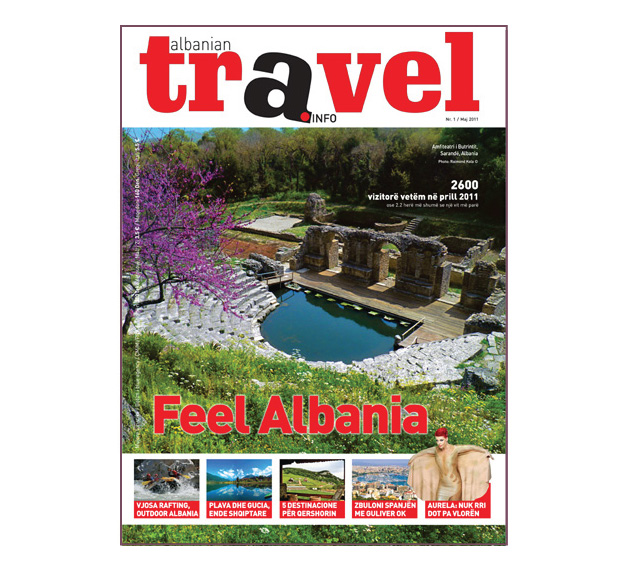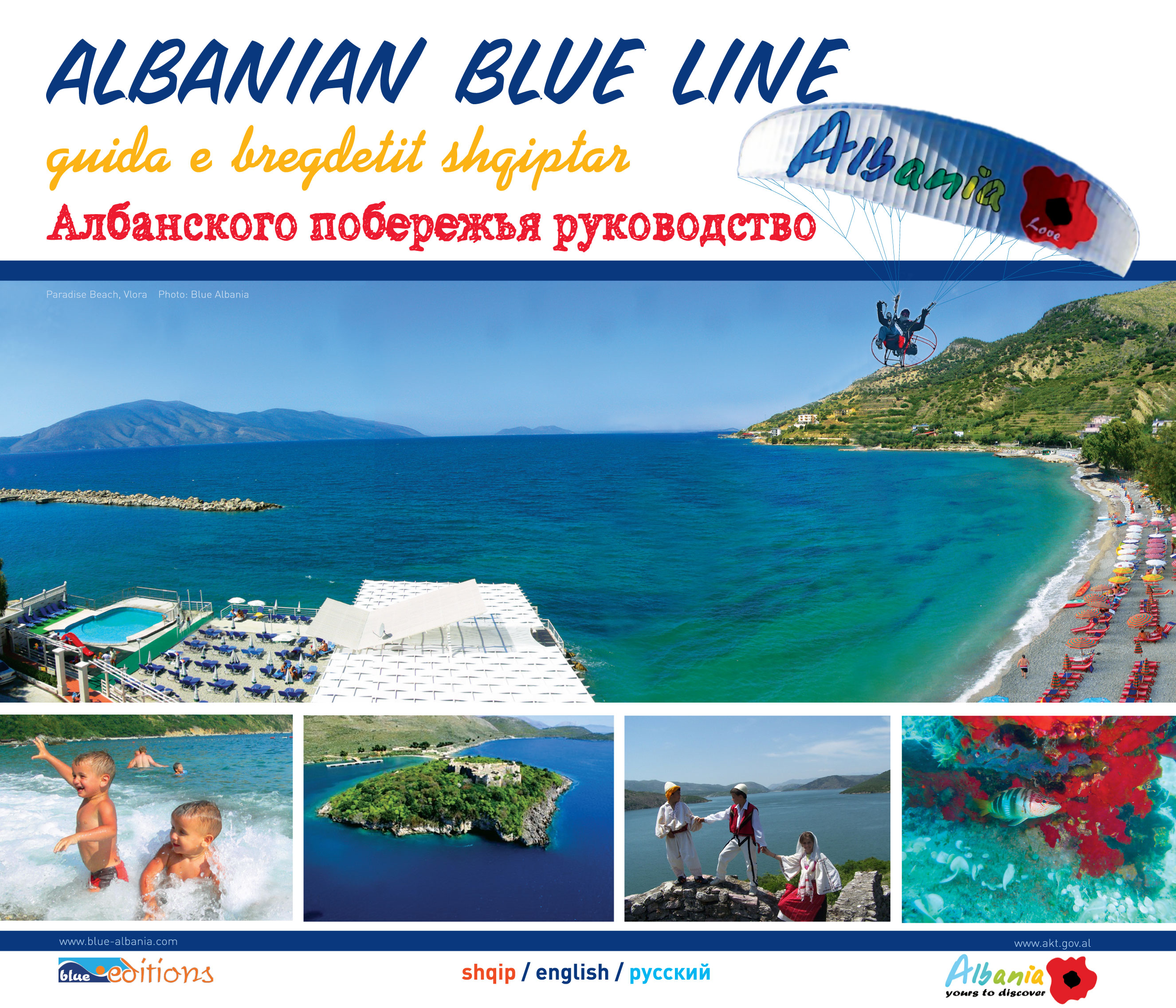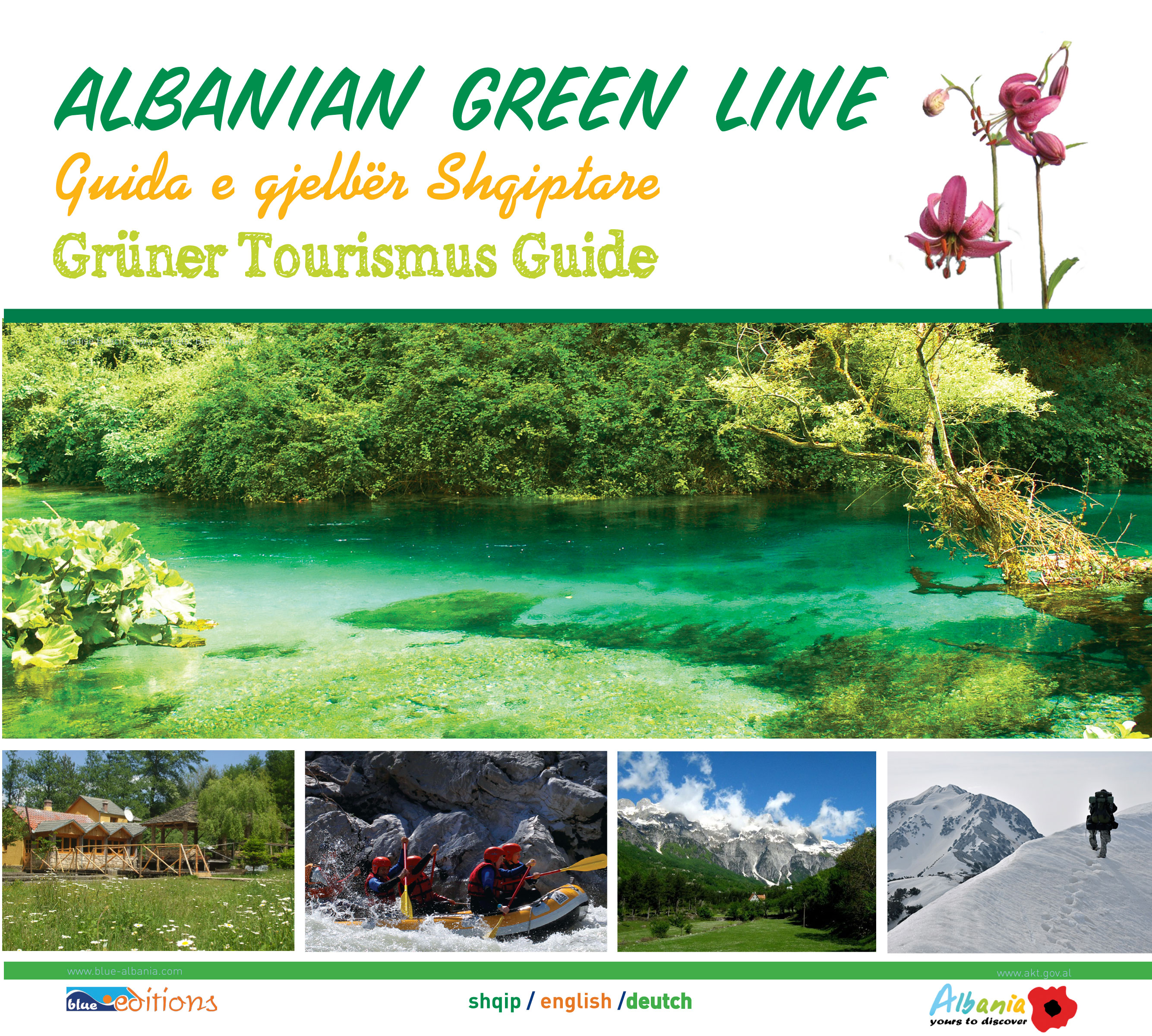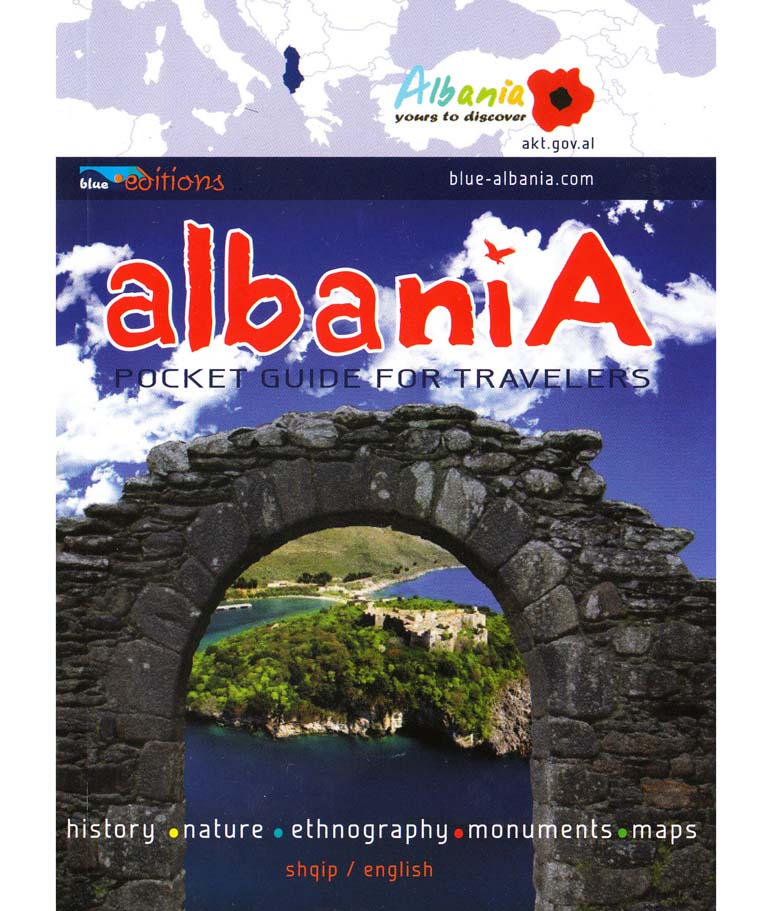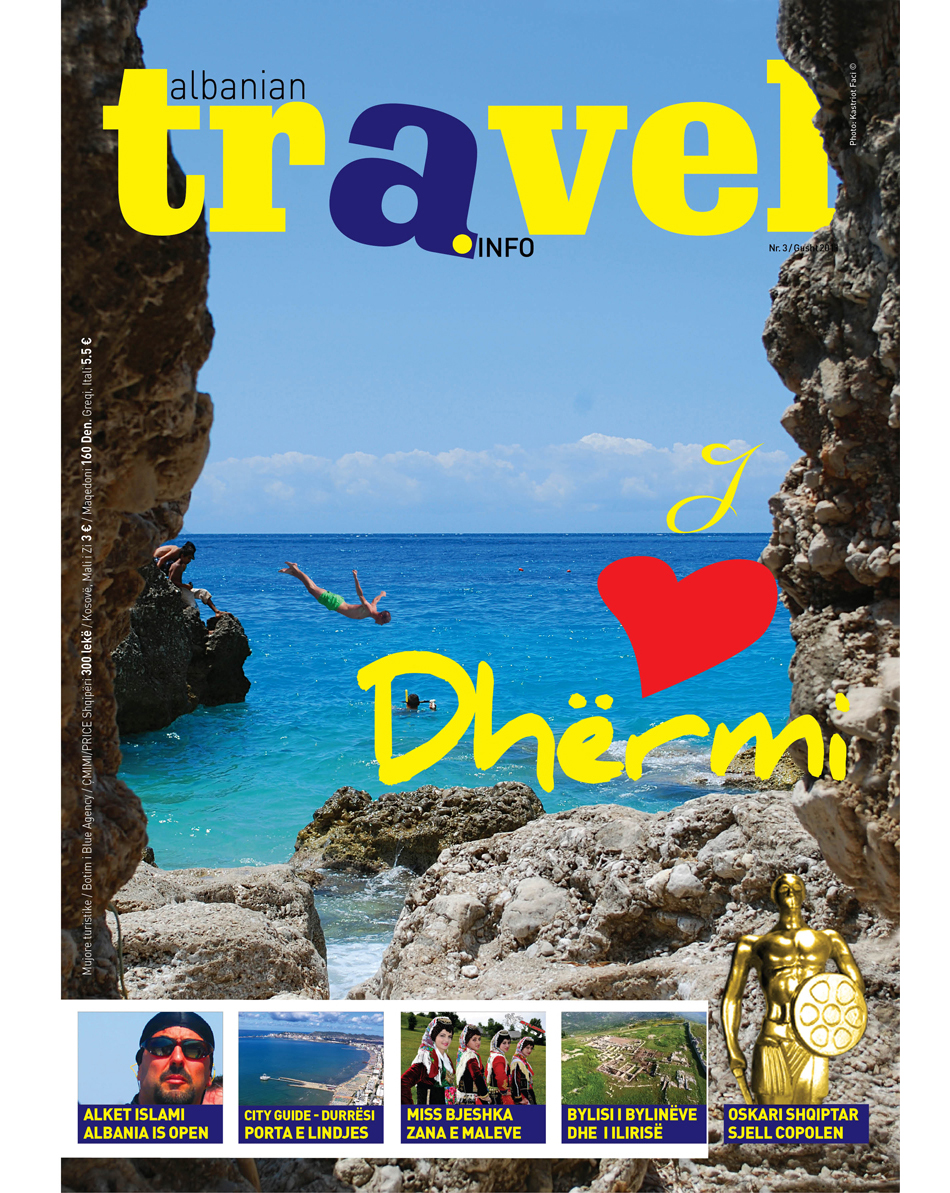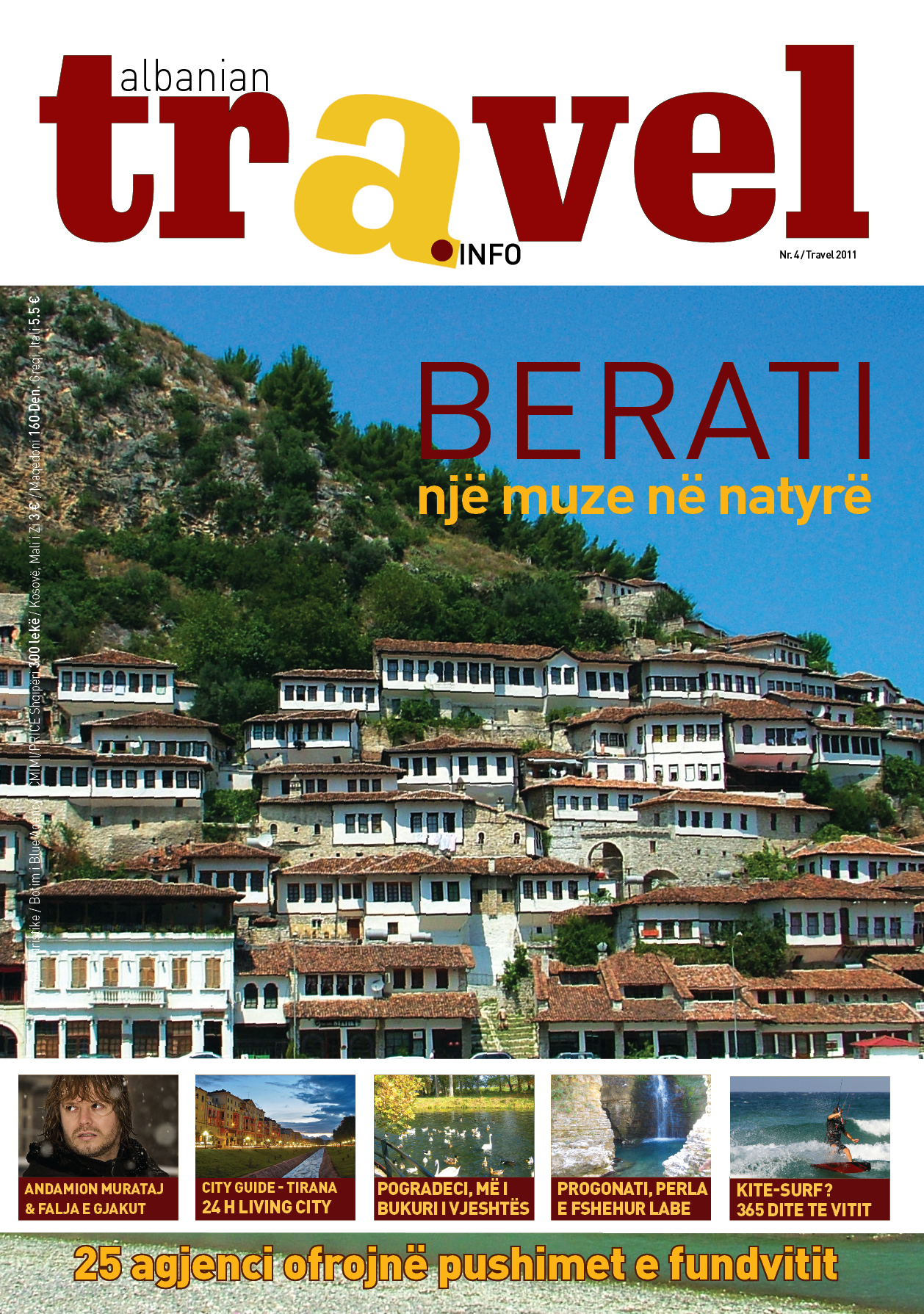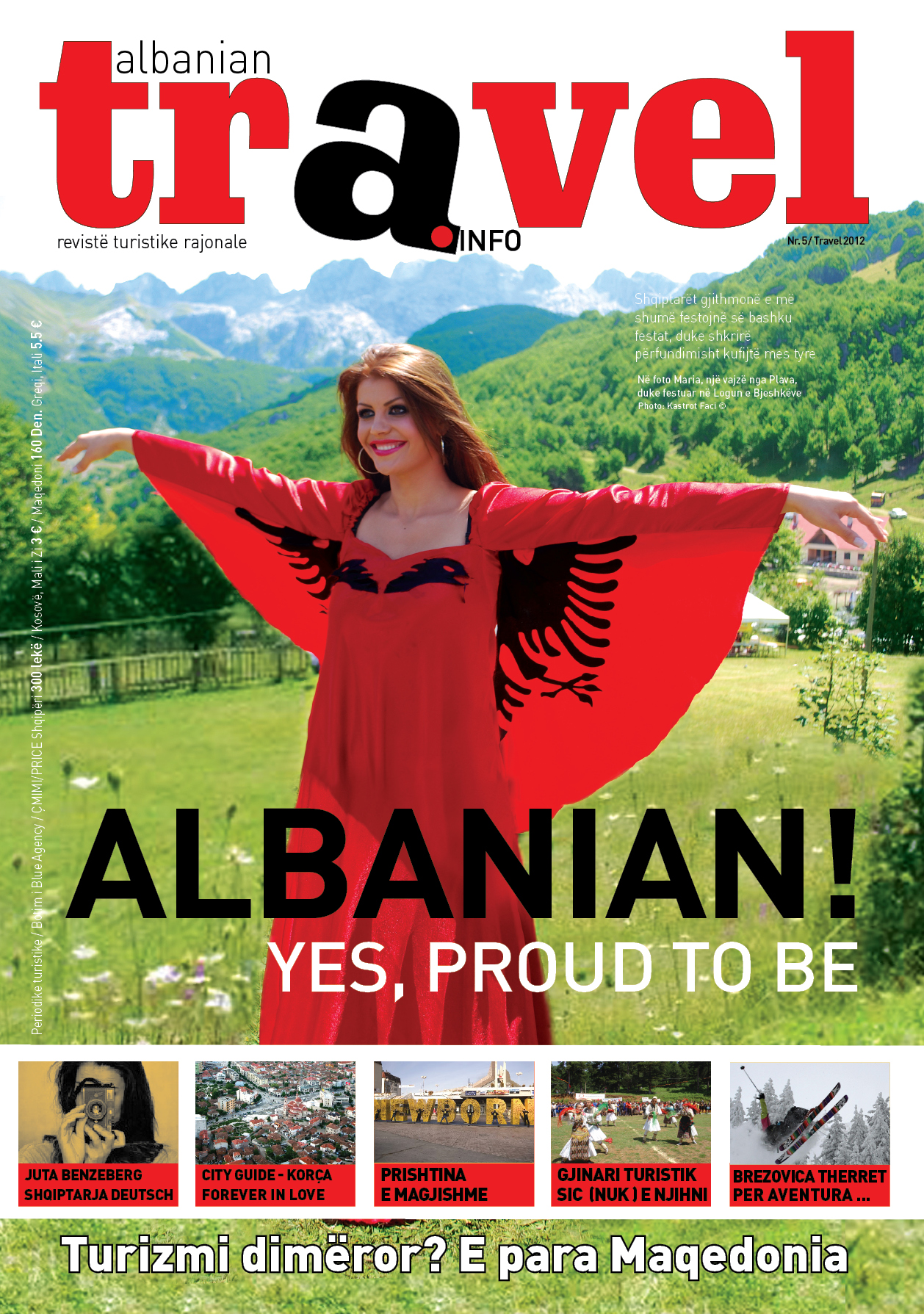Kurbini General Info
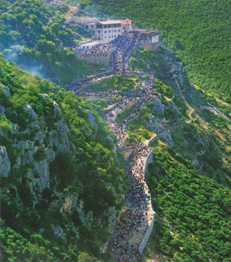
The district of Kurbin is thought to be inhabited since ancient times, until in the state of Arbëri. In this period the inhabitants were known by the name Arbans. About the year of 1519, was established the principality of Kurbin. In this area land stretched 16 villages. Today the main centers are: Milot, Mamurrasi, Fushë-Kruja etc. Kurbin district is a geographical unit, which lies between the River Mat in the north, Droja river in south, the mountain of Trodhna in east and the Adriatic Sea in the west. Kurbin relief in the district is diverse, we have the combination of field areas with hilly and mountainous ones.
Relief and climate
In the climate of Kurbin the rugged landscape affects avoid of the winds, causing the "microclimate" in Lac as well as in the Valley of Hurdhaza in Milot. Temperatures vary according to relief and impact of the wind in the local area. Characteristics of this district are snow precipitation. They fall in the period from January to March, especially in the mountainous area, with an average 2.9 days in the form of snow and 2.6 days in the form of bursts.
History
The origin of name Kurbin remains unknown until today. One hypothesis comes from prof. David Luka. He thought that the name derives from the merger of Kurbin Illyrian word Karp-rock (stone), and for the first time Kurbin name in official documents in mentioned in 1457, from the Ottoman records. Some other traditions we have also to other regions of Kurbin as Rrozkë neighborhood that has taken its name from a kind of shrub that grew with the majority in that area.
Kurbin lands have been inhabited since the XIV century. After the death of Skanderbeg, the most area residents, emigrated to Calabria, or climbed mountains in remote areas. The Resettlement of part of Kurbin field was realized later on, because of the protection that people had to take from the Ottoman attacks. A portion of the population that came later, also came from Kosovo, moved from Serbian oppression. In Kurbin many assemblies were held, as the convent of Milot, 29 April 1906, the Delbnishtit, at 6-7 of August 1906, the Gjormit on August 22, 1909 and the Lac-Sebasta convent, by 1933. Kurbin has been an important part of the Byzantine empire, which divided the country into large regions. Kurbin was part of Durres. The World War II, brought to this area, the changes that brought to the entire country, which were followed by social realism, which gave to the city a new town, Lac - today the capital of Kurbin- an industrial city. Today the area has featured largely agricultural and tourist development and the economy is oriented in two directions to develop the area as well.
Culture and ethnography
Kurbin has a wealth of variety in terms of culture; a journey on the outskirts of the country will surprise you with many traditions and cultural assets. They differ mostly in patriotic songs, wedding songs, songs of exile. In the origins of Kurbin’s folk songs is found in the legendary epos. In different areas are created many musical groups that follow each element of the culture of the area, as outfits feature, habits, its folk, traditions, etc.. The basic instruments of music are “çiftelia”, “lahuta” . The outfits are characterized by the white color. Men wear "tirq", “xhamadanë”, “mangore” and “xhurdina” (types of wool clothes). For the head is used “kësula”, a white cap, for the foots are used some wool socks or "pucatore”. Women dress shirt, vest, “xhubleta”, sweatshirt and “dollam”. As a decorating tool is used “parallika”, “groshatarja” and the necklace, worked primarily with silver. Clothing, especially vest, are ornamented with embroidery decorating with colored stones. The houses of Kurbin are a type of tower, with two or three floors, with observation window or turret, from the south and west. Mantel decked with symbols or tribal principalities. Gate and the well-carved stone ndërtoeshin.
Kurbin has given to the country some prominent figures such as Pope Clement VI, Bishop Frano Ilia, etc..
What to visit
Sebasta Castle. Lies to the east of the town of Lac, about 1 km away from, on a hillside about 500 m above sea level. The remaining walls have a height of 2-2.5 m. In its east are the ruins of a rectangular tower that may have been conning tower. From there you can see the whole coast to the city of Shkodra. Believed to be built by the Illyrians, about 219-2018 years A.C.
The Church and Cave of St. Antony. Located at the east of Laç, 250 m above sea level. Constitutes in karst cave in limestone, several feet long, 2-3 m high, 1-4 m wide Connected with the Holy Legend of St. Antony. It serves as religious pilgrimage. It is one of the most popular in Albania, even outside, for the massive pilgrimage and legends that convey. In this country thought to have been the first foundation of Sebasta castle, where later the Assembly was formed and started the religious activities.
Gallata’s Church. It is called also the St. Friday’s church, and located at the foot of the mountain of Trodhna, it has a 1618 inscription, that is thought to be the year of the construction, and 1870, which may be rebuilding. From the documents it emerges that is established by John Kolësi, the priest of the area, which has repaired at that time the church of St. Antony.
The natural monuments
Geo-monuments
The marine terraces of Laçi. Represents a fragment of the level of terrace, formed by the activity of the sea waves in the former position of Helvetian sea. It is about 500 m long and 80 m wide. At the eastside of Lac.
Shkopeti’s Gorge, in the Mat valley, 150 m above the sea level. Formed in limestone by the river Mat. It is about 60 m long, 50 m deep, width of 20 m. There are the craggy slopes. Constitutes in an interesting karst ecosystem. Milot-Burrel itinerary.
Shënavlashi’s cave. Located in the eastside of Lac, 250 m above sea level. Constitutes in karst cave, in limestone, several feet long, 2-3 m high, 1-4 m wide. The legend links it with the saint of St. Ndou. It serves as a religious pilgrimage. Laç- Shënandou church itinerary.
Cabaku Island. located in Delta of Mat, about 1.5 m above sea level. Interesting island (4.5 ha), formed by the accumulation of organic waste, which has create a rich ecosystem with plant, grass, where lives the curly pelican. There are scientific value biological, ecological, didactic. Examined under way Patog-Lac-Mat delta.
The littoral Cordon of New Coast. On the westside of the Old Lagoon of Patok, about 0.5 m above sea level. It is formed by marine and river accumulations. It is Extended in the north-south direction and has created the New Lagoon. Constitutes in a rich ecosystem. Laç-Patok itinerary
Shkopeti’s Gorge, in the Mat valley, 150 m above the sea level. Formed in limestone by the river Mat. It is about 60 m long, 50 m deep, width of 20 m. There are the craggy slopes. Constitutes in an interesting karst ecosystem. Milot-Burrel itinerary.
Shënavlashi’s cave. Located in the eastside of Lac, 250 m above sea level. Constitutes in karst cave, in limestone, several feet long, 2-3 m high, 1-4 m wide. The legend links it with the saint of St. Ndou. It serves as a religious pilgrimage. Laç- Shënandou church itinerary.
Cabaku Island. located in Delta of Mat, about 1.5 m above sea level. Interesting island (4.5 ha), formed by the accumulation of organic waste, which has create a rich ecosystem with plant, grass, where lives the curly pelican. There are scientific value biological, ecological, didactic. Examined under way Patog-Lac-Mat delta.
The littoral Cordon of New Coast. On the westside of the Old Lagoon of Patok, about 0.5 m above sea level. It is formed by marine and river accumulations. It is Extended in the north-south direction and has created the New Lagoon. Constitutes in a rich ecosystem. Laç-Patok itinerary
Hydro-monument
Vinjolli’s source. 580 m above the sea level. Karst spring with very large flux in the litological contact limestone-flysch. With clean and cold water, surrounding vegetation, creates an attractive environment. Milot-Gallatë-Vinjoll itinerary.
Bio-monuments
The ash-tree in Skuraj.
The oak-trees of Shënmillit.
The White poplar in White Mountain.
The Old chestnut-tree, Trodha mount.
The Plane-tree of Daulla
The cypress Forest of Shëmëri












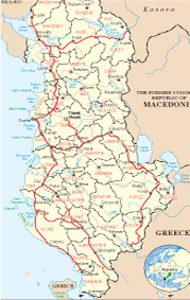




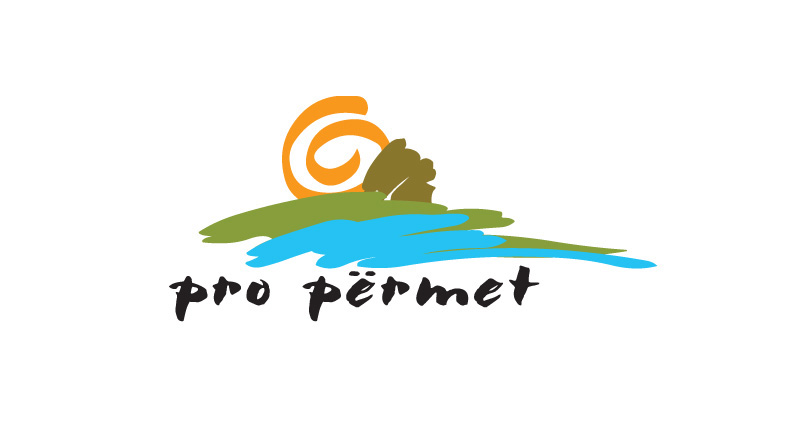
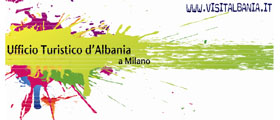
.jpg)
